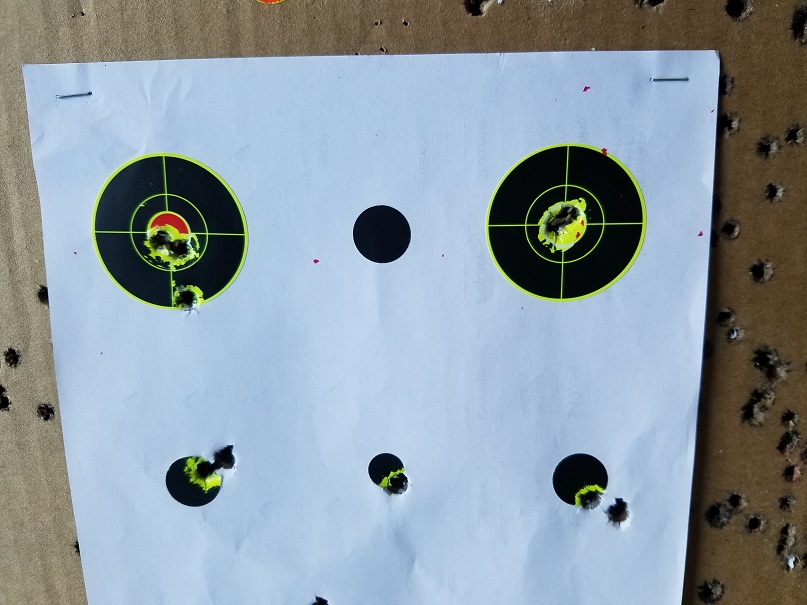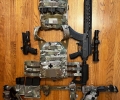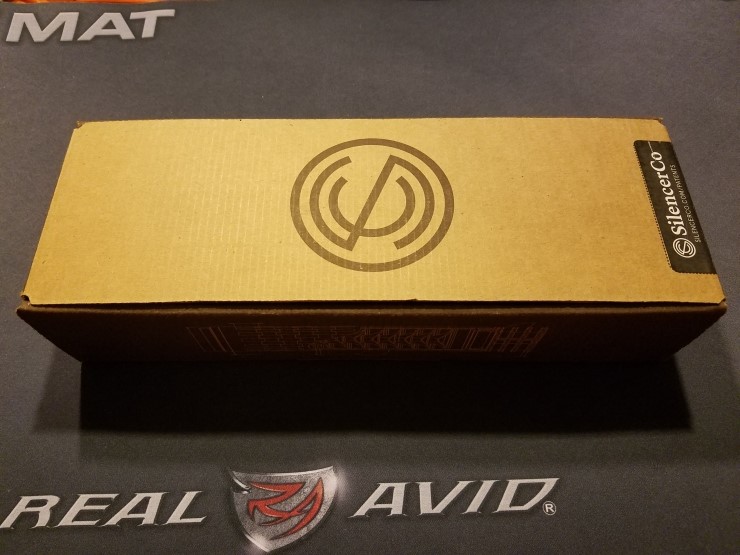
얼마전 사진만 먼저 올라온 그 박스입니다.
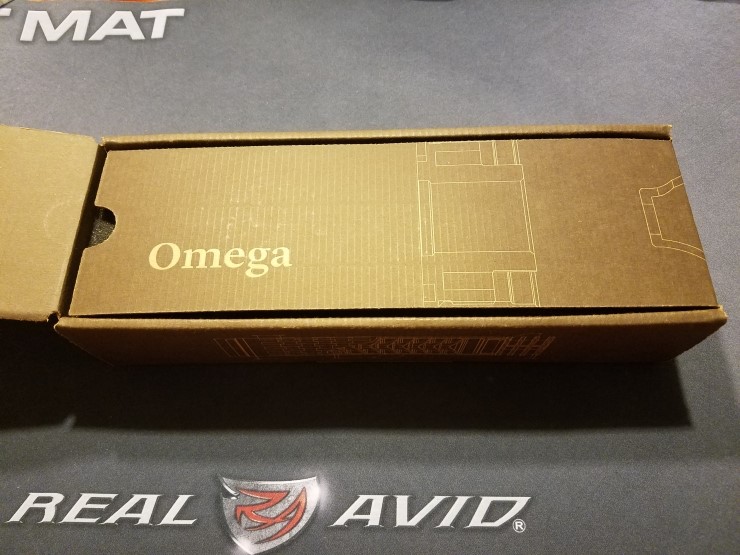
주인공은 바로 Omega.. 오메가
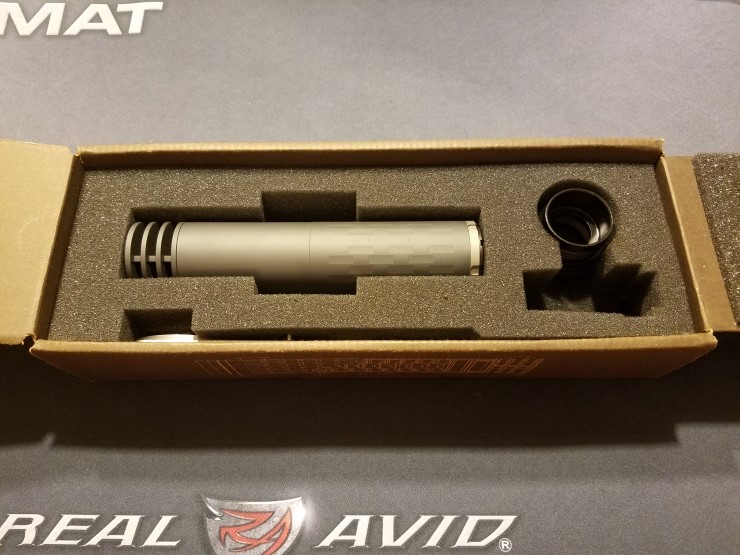
사일런스코 오메가 300
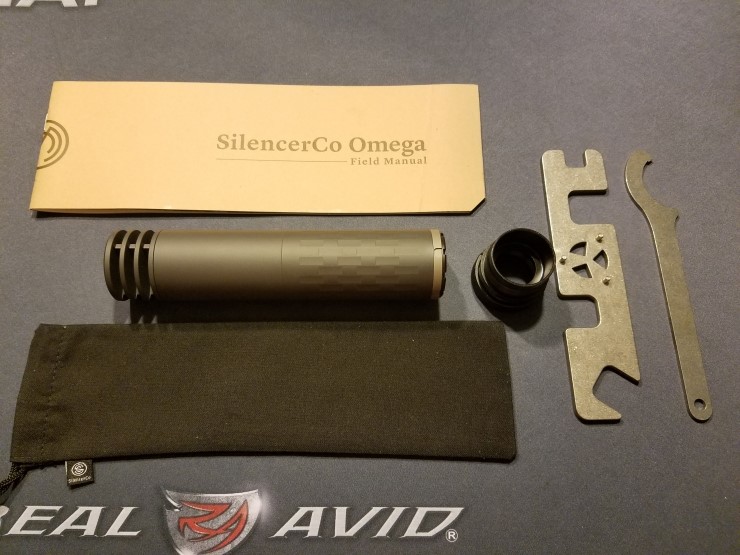
박스 내용물들
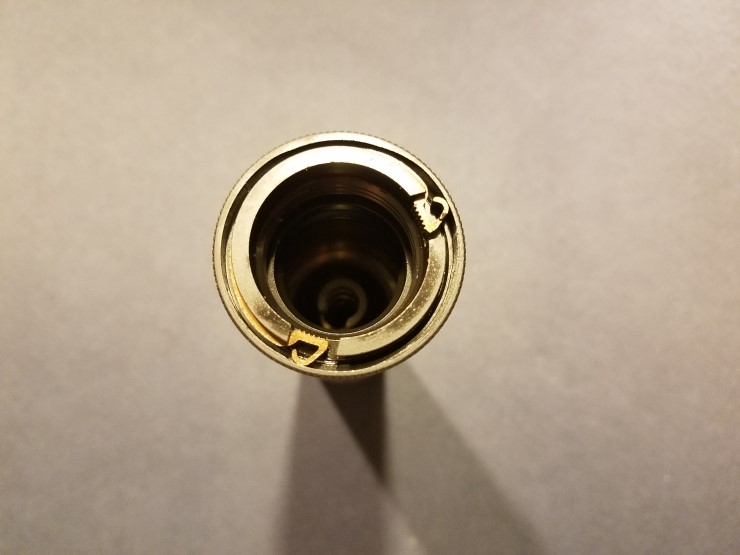
사일런스코에서 제작한 ASR QD 마운트
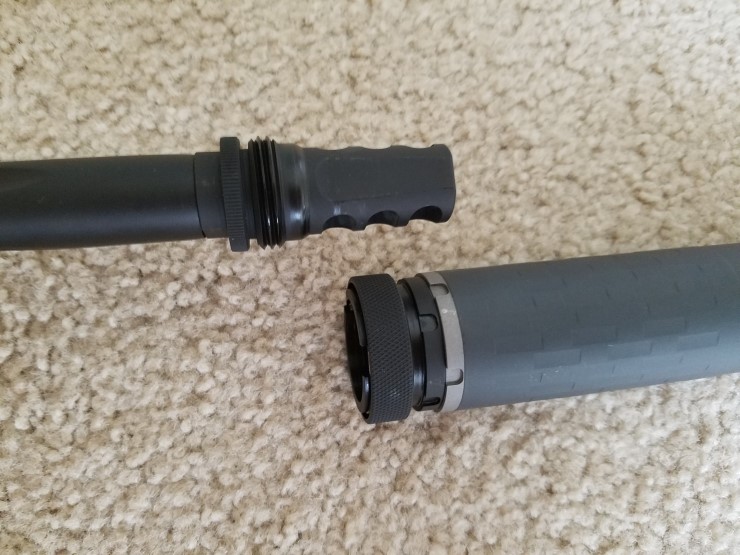
소음기에 딸려온 이 QD용 머즐브레이크에 꼽아주면 쉽게 장착이 됩니다.
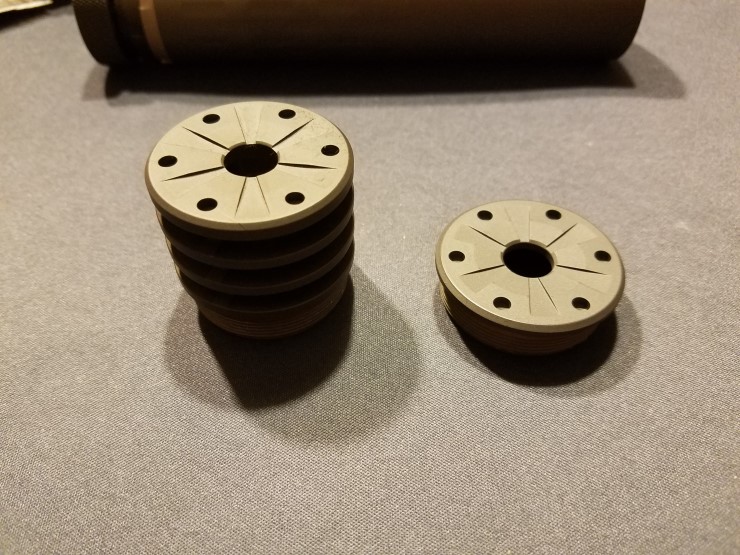
머즐브레이크 역활을 해주는 앵커브레이커캡 VS 플랫앤드캡
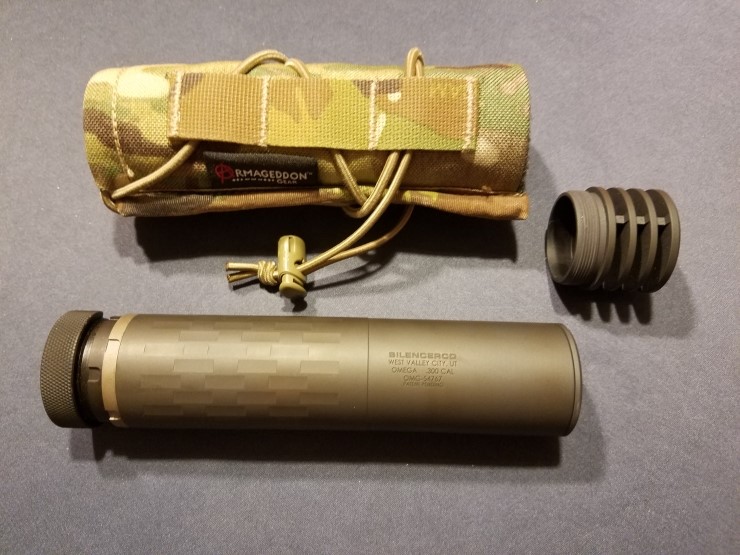
앵커브레이커캡이 반동을 줄여주고 플랫엔드캡보다 더 발전한 엔드캡이라 하지만 제 눈에는 앵커캡보다 일반적인 플랫엔드 캡이 더 잘 어울리는거 같습니다.
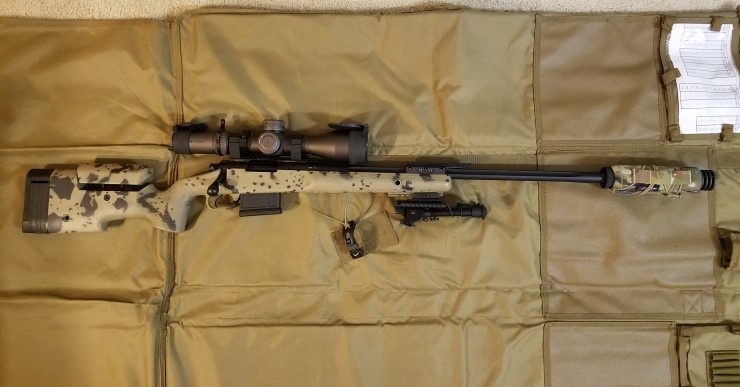
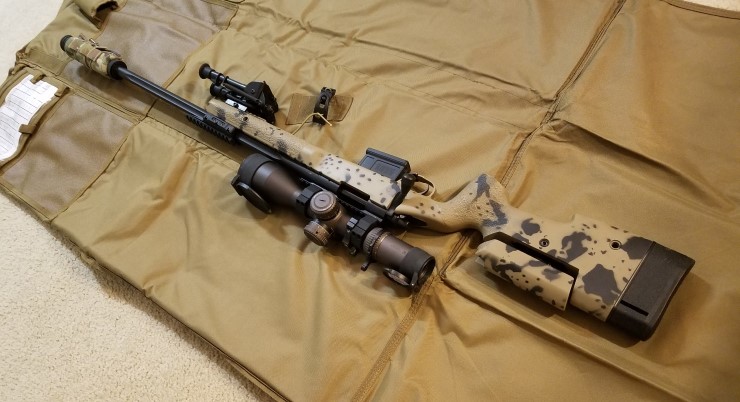
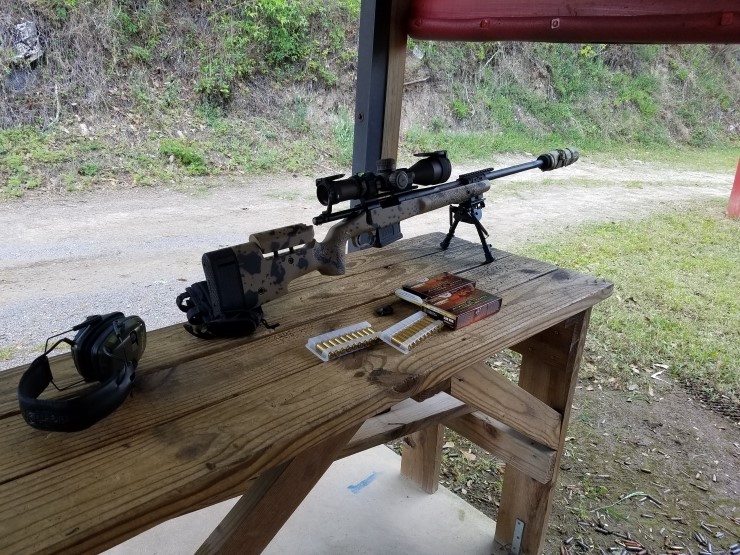
구입전부터 이미 예상한 결과이지만 소음기 장착후/장착전의 탄착점이 100미터에서 2밀 정도의 오차가 생깁니다.
2밀이 AR같은 세미오토 라이플에는 무시하여도될 수치이지만 프리시젼 라이플에게 2센티는 오차는 분명 왼쪽 눈알을 조준했는데 오른쪽 눈알을 맞출수있는..!!
이부분은 좀더 테스트해보며 데이터를 수집하여 홀드오버하며 사용하는 방법밖에는 없을듯합니다.
그리고 몇일전 풍백님이 다신 댓글중에 천프로 공감되는 댓글이 있었는데..
"렌즈에 보이는 레디컬 위에 원하는 목표가 보이는 그 순간.. 그리고 원하는 곳에 구멍 하나.. 볼트 액션의 짜릿함이 있죠.."
이 말씀이야말로 볼트액션의 재미와 참맛을 정말 제대로 표현하신게 아닐까 싶습니다!!


 303 British Reloading
303 British Reloading
 EOtech G33 3배율 확대경
EOtech G33 3배율 확대경



